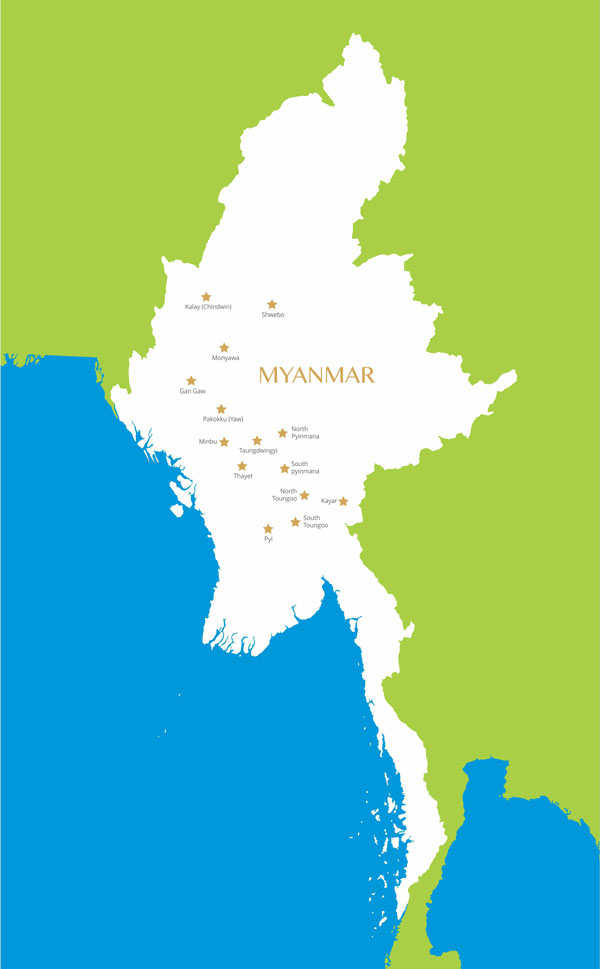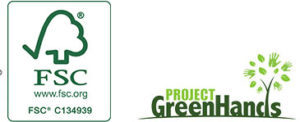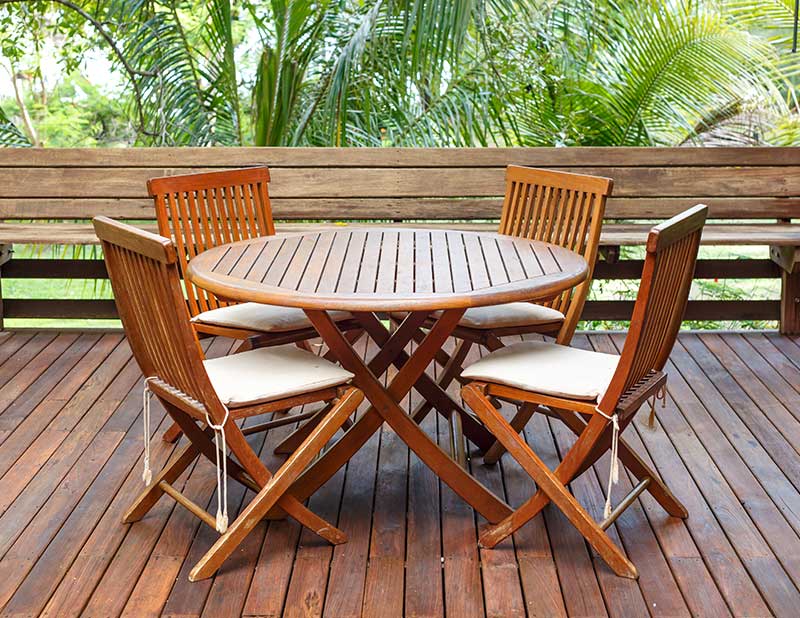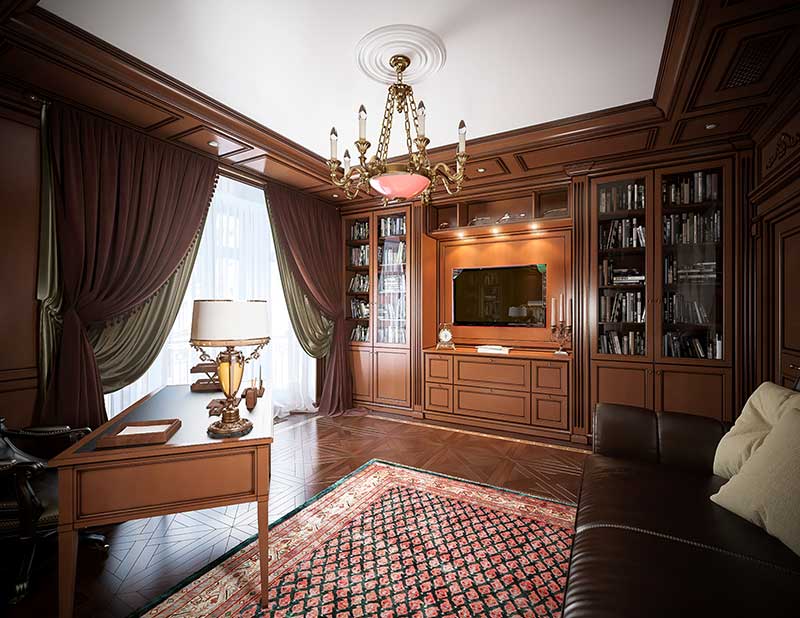Burmese Teak
The epitome of luxury and elegance. Learn more about the most sought after teak in the world.

Burmese Teak
The epitome of luxury and elegance. Learn more about the most sought after teak in the world.

About Burmese Teak
Origin
Teak, or Tectona Grandis is a large, deciduous, tropical species of hardwood trees. Prized all over the world for its elegance and durability, it is native to Southeast Asian nations like Myanmar, Thailand, India, Indonesia, Lao PDR, and Malaysia. However, the most precious and valuable teak comes from Myanmar (Burma).
Coverage
According to a 2010 study conducted by the United Nations Forestry and Agriculture Organization (FAO), natural teak forests cover approximately 29.035 million hectares. And, almost half of this total is in Myanmar.
Heartwood and Sapwood
Not all teak is the same. A type of teak, called sapwood doesn’t have the same rugged properties as that made from the heart of the tree. Sapwood is the wood in the outer layers, while heartwood is the name given to the wood in the inner layers of the tree. Heartwood is better because it is more robust owing to abundant natural oils. In addition, it is more expensive than sapwood because of its limited quantity.
Characteristics
of
Burmese Teak
Colour
Uniform golden brown without markings; darkens with age
Odour
Leather-like smell when freshly milled
Grain
Straight to slightly wavy or interlocked
Texture
Coarse, uneven and oily to the touch, sometimes with a glistening white deposit
Durability
Really good; weatherproof, naturally resistant to termites, susceptible to wormwood attack
Workability
Low stiffness and medium bending, high silica content (~1.4%) causes blunting of tools, glues and finishes nicely when freshly planed or sanded
Seasoning
Dries well but slowly, standing trees are girdled and left to dry for 3 years before cutting down
Application
Used extensively in shipbuilding for decks, anti-skid surfaces, furniture, closets, fume ducts, fermentation barrels, flooring, plywood and decorative veneers
Characteristics of Burmese Teak
Colour
Uniform golden brown without markings; darkens with age
Odour
Leather-like smell when freshly milled
Grain
Straight to slightly wavy or interlocked
Texture
Coarse, uneven and oily to the touch, sometimes with a glistening white deposit
Durability
Really good; weatherproof, naturally resistant to termites, susceptible to wormwood attack
Workability
Low stiffness and medium bending, high silica content (~1.4%) causes blunting of tools, glues and finishes nicely when freshly planed or sanded
Seasoning
Dries well but slowly, standing trees are girdled and left to dry for 3 years before cutting down
Application
Used extensively in shipbuilding for decks, anti-skid surfaces, furniture, closets, fume ducts, fermentation barrels, flooring, plywood and decorative veneers
How to identify
authentic
Burmese Teak
Grain
Authentic Burmese Teak is shiny/glossy. Fake Teak is dull and dry.
Smell
Authentic Burmese Teak has a leather-like smell when it is freshly milled. Fake Teak has either little to no fragrance or an unpleasant odour.
Sawdust
Sawdust from authentic Burmese Teak feels soft to touch and is glossy. Fake Teak sawdust is dry and non-glossy.
Water absorption
Drop some water on authentic and fake samples of Burmese Teak. If the wood absorbs the water in no time, it is fake.
Soaking
Let samples of authentic and fake Burmese Teak sit in water for 24 hours. The fake sample will get disfigured while the authentic one shows no visible change.
How to identify authentic Burmese Teak
Grain
Authentic Burmese Teak is shiny/glossy. Fake Teak is dull and dry.
Smell
Authentic Burmese Teak has a leather-like smell when it is freshly milled. Fake Teak has either little to no fragrance or an unpleasant odour.
Sawdust
Sawdust from authentic Burmese Teak feels soft to touch and is glossy. Fake Teak sawdust is dry and non-glossy.
Water absorption
Drop some water on authentic and fake samples of Burmese Teak. If the wood absorbs the water in no time, it is fake.
Soaking
Let samples of authentic and fake Burmese Teak sit in water for 24 hours. The fake sample will get disfigured while the authentic one shows no visible change.
An STG Group Company
HEAD OFFICE ADDRESS
A-1, First Floor, W.H.S., Timber Block, Kirti Nagar, New Delhi - 110015 (India)
P : 011 25436437 / 45102865
M : +91 9311958555
E : info@starwoodteak.com
Certifications







